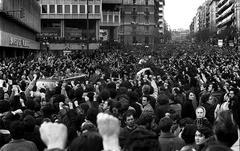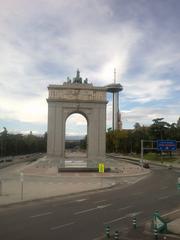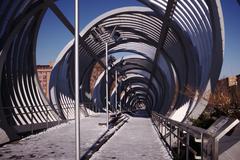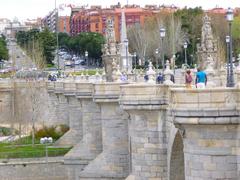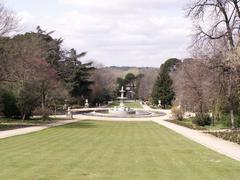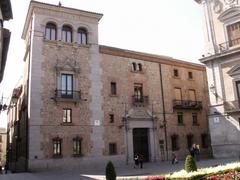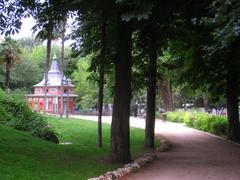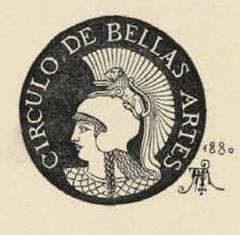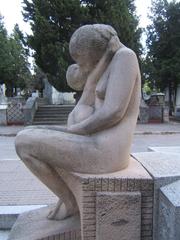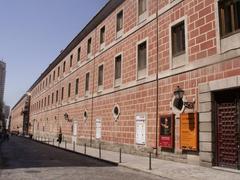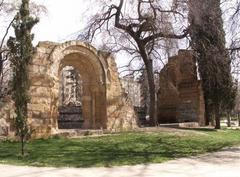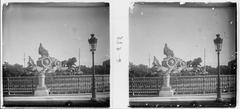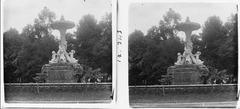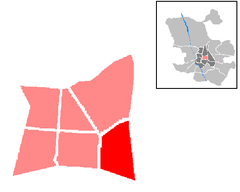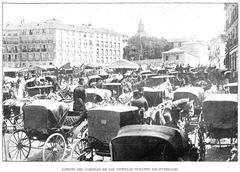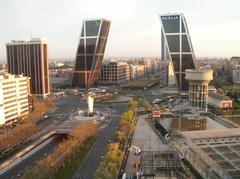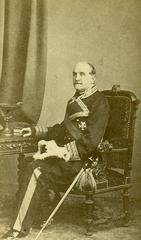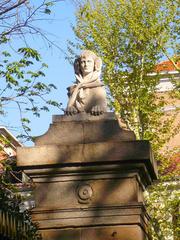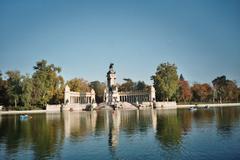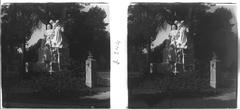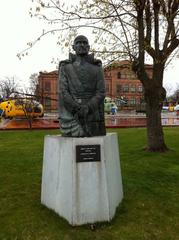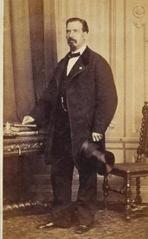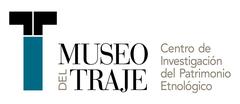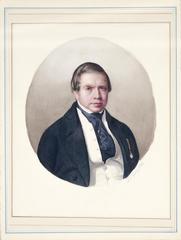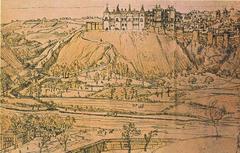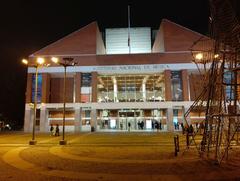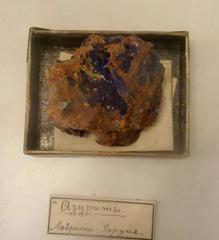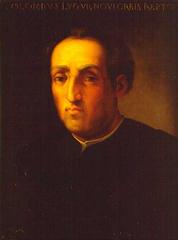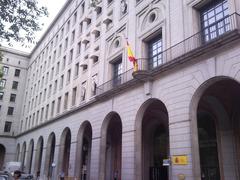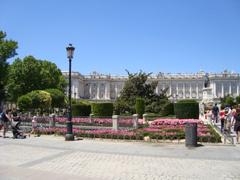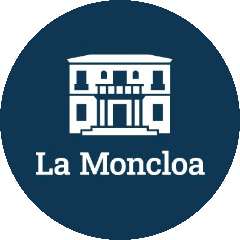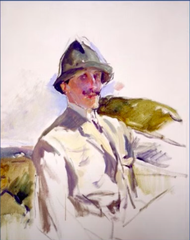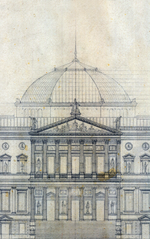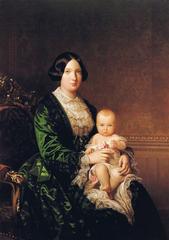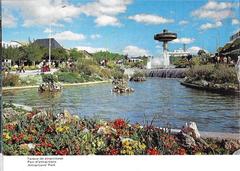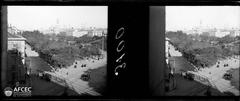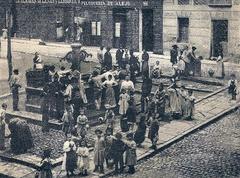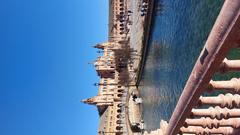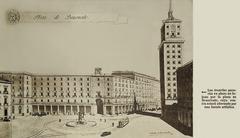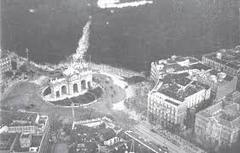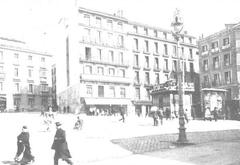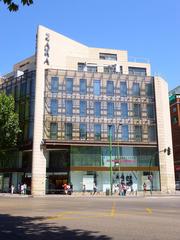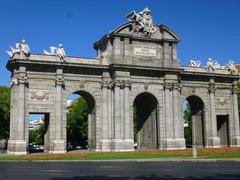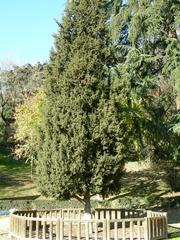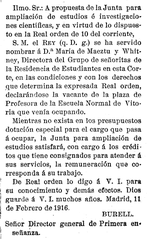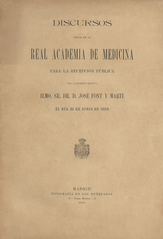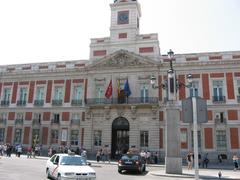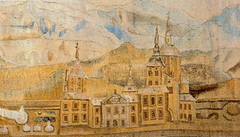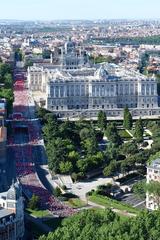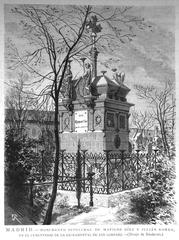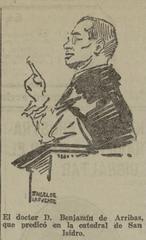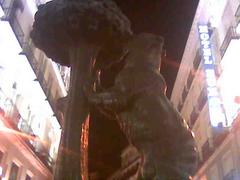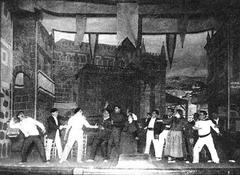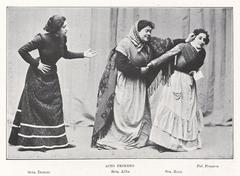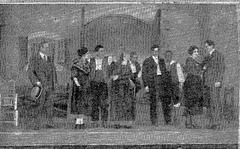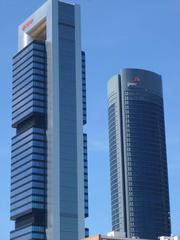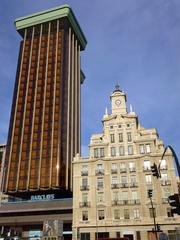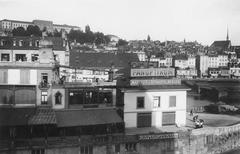Visiting the Spanish Cultural Heritage Institute: Hours, Tickets, and Tips
Date: 17/08/2024
Introduction
The Spanish Cultural Heritage Institute (Instituto del Patrimonio Cultural de España, IPCE) in Madrid stands as a testament to Spain’s unwavering commitment to preserving its rich and diverse cultural heritage. Established in 1965 under the Ministry of Culture, the IPCE was created to centralize efforts to conserve and restore Spain’s historical assets. The institute is housed in a remarkable Brutalist building designed by architects Fernando Higueras and Antonio Miró Valverde, completed in 1967. Known for its bold geometric forms and extensive use of raw concrete, the structure itself is a celebrated example of modern Spanish architecture (esmadrid). Over the decades, the IPCE has expanded its scope from focusing solely on monuments and historical buildings to include a wide array of cultural assets such as archaeological sites, paintings, sculptures, and manuscripts. This evolution mirrors the broadening understanding of cultural heritage, which now encompasses both tangible and intangible elements. The institute has embraced new technologies and methodologies, such as 3D scanning and digital modeling, to enhance its preservation efforts. Visitors to the IPCE can explore its state-of-the-art laboratories and participate in guided tours that offer an in-depth look into the meticulous work of heritage conservation. The institute also hosts temporary exhibitions and educational programs aimed at raising public awareness about the importance of cultural heritage. Located in the Ciudad Universitaria district, the IPCE is easily accessible via public transportation, making it a convenient and enriching destination for anyone interested in Spain’s cultural legacy (ArchEyes).
Table of Contents
- History and Significance of the Spanish Cultural Heritage Institute
- Recent Developments
- International Collaborations
- Educational and Outreach Programs
- Visitor Information for the Spanish Cultural Heritage Institute (IPCE)
- Notable Projects
- Future Directions
- FAQ
- Conclusion
- References
History and Significance of the Spanish Cultural Heritage Institute
Establishment and Early Years
The Spanish Cultural Heritage Institute, known in Spanish as the Instituto del Patrimonio Cultural de España (IPCE), was established in 1965. It was initially created to address the growing need for a centralized body to oversee the preservation and restoration of Spain’s vast and diverse cultural heritage. The institute was founded under the auspices of the Ministry of Culture, reflecting the Spanish government’s commitment to safeguarding its historical and cultural assets.
Architectural Significance
The IPCE is housed in a distinctive building designed by architects Fernando Higueras and Antonio Miró Valverde. Completed in 1967, the structure is an example of Brutalist architecture, characterized by its bold, geometric forms and the extensive use of raw concrete. The building itself has become an iconic piece of modern Spanish architecture, symbolizing the country’s dedication to preserving both its ancient and contemporary cultural heritage.
Evolution and Expansion
Over the decades, the IPCE has expanded its scope and capabilities. Initially focused on the restoration of monuments and historical buildings, the institute’s mandate has grown to include a wide range of cultural assets, from archaeological sites to movable heritage such as paintings, sculptures, and manuscripts. This expansion reflects the evolving understanding of cultural heritage, which now encompasses not just physical artifacts but also intangible cultural expressions.
Key Milestones
- 1972: The IPCE played a crucial role in the restoration of the Alhambra in Granada, one of Spain’s most iconic historical sites. This project set new standards for conservation practices in Spain.
- 1984: The institute was instrumental in the preservation efforts following the declaration of the historic city of Toledo as a UNESCO World Heritage Site.
- 1992: The IPCE launched a comprehensive program to digitize and catalog Spain’s vast collection of historical documents, making them accessible to researchers and the public.
Recent Developments
In recent years, the IPCE has embraced new technologies and methodologies to enhance its conservation efforts. The use of 3D scanning, digital modeling, and advanced materials science has revolutionized the field of heritage preservation. The institute has also increased its focus on preventive conservation, aiming to mitigate the risks to cultural assets before they require extensive restoration.
International Collaborations
The IPCE has established itself as a leader in the field of cultural heritage preservation, collaborating with international organizations such as UNESCO and the International Council on Monuments and Sites (ICOMOS). These partnerships have facilitated the exchange of knowledge and best practices, benefiting heritage sites both within Spain and globally.
Educational and Outreach Programs
The institute is also committed to education and public outreach. It offers a range of programs aimed at raising awareness about the importance of cultural heritage and training the next generation of conservation professionals. These initiatives include workshops, seminars, and collaborative projects with universities and research institutions.
Visitor Information for the Spanish Cultural Heritage Institute (IPCE)
For those interested in visiting the IPCE, the institute offers guided tours that provide an in-depth look at its conservation projects and methodologies. Visitors can explore the state-of-the-art laboratories where experts work on the restoration of priceless artifacts. The institute also hosts temporary exhibitions that showcase its ongoing projects and the broader field of cultural heritage preservation.
Practical Tips for Visitors
- Location: The IPCE is located in Madrid, easily accessible by public transportation. The nearest metro station is Ciudad Universitaria.
- Opening Hours: The institute is open to the public from Monday to Friday, 9:00 AM to 5:00 PM. It is closed on weekends and public holidays.
- Tickets: Admission is free, but guided tours require advance booking. Visitors are encouraged to check the official website for the latest information on tour availability and special exhibitions.
- Accessibility: The building is wheelchair accessible, and special accommodations can be arranged for visitors with disabilities.
Additional Visitor Information
Best Time to Visit
The best time to visit the IPCE is during weekdays, preferably in the mornings, to avoid crowds and have a more personalized experience.
Nearby Attractions
While visiting the IPCE, you can also explore other historical sites in Madrid such as the Royal Palace, Prado Museum, and Retiro Park.
Special Events at IPCE
The institute occasionally hosts special events and temporary exhibitions. Keep an eye on the official website for updates.
Notable Projects
Restoration of the Altamira Cave Paintings
One of the IPCE’s most renowned projects is the conservation of the prehistoric cave paintings in Altamira. This project involved innovative techniques to stabilize the fragile rock surfaces and prevent further deterioration.
Digital Archive of Spanish Cultural Heritage
The institute has created a comprehensive digital archive that includes high-resolution images, 3D models, and detailed descriptions of thousands of cultural artifacts. This resource is available to researchers and the public through the IPCE’s online portal.
Future Directions
Looking ahead, the IPCE aims to continue its leadership in the field of cultural heritage preservation. Future initiatives include expanding its digital archive, developing new conservation technologies, and increasing international collaboration. The institute is also committed to engaging with local communities to ensure that cultural heritage preservation is a shared responsibility.
FAQ
What are the visiting hours for the Spanish Cultural Heritage Institute?
The institute is open from Monday to Friday, 9:00 AM to 5:00 PM.
Is there an entrance fee for IPCE?
No, admission is free, but guided tours require advance booking.
Are guided tours available at IPCE?
Yes, guided tours are available and provide an in-depth look at the institute’s projects and methodologies. Advance booking is required.
Conclusion
In conclusion, the Spanish Cultural Heritage Institute (IPCE) in Madrid is not just a hub for preserving Spain’s historical and cultural assets but also a beacon of architectural innovation and educational outreach. Since its establishment in 1965, the IPCE has played a pivotal role in conserving a wide range of cultural assets, from monuments and archaeological sites to paintings and manuscripts. The institute’s adoption of advanced technologies and methodologies has revolutionized heritage preservation, making it a leader in the field both nationally and internationally. Visitors to the IPCE can gain a comprehensive understanding of the meticulous efforts involved in cultural conservation through guided tours and exhibitions. The institute’s location in the easily accessible Ciudad Universitaria district further enhances its appeal as a must-visit destination for anyone interested in Spain’s rich cultural heritage. As the IPCE continues to expand its digital archives, develop new conservation technologies, and foster international collaborations, it remains committed to safeguarding Spain’s cultural legacy for future generations. For the latest updates and more information, visitors are encouraged to check the official IPCE website and explore related resources (ArchDaily).
